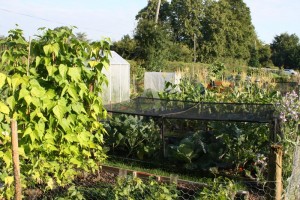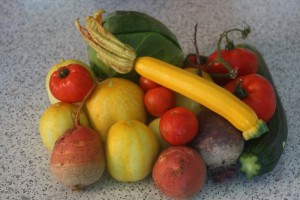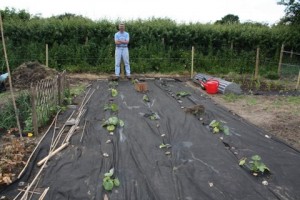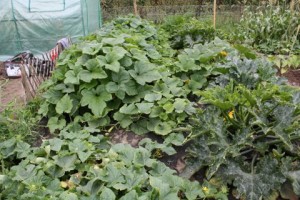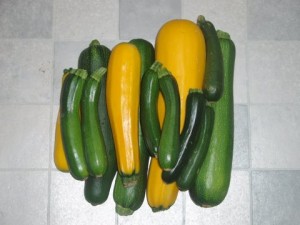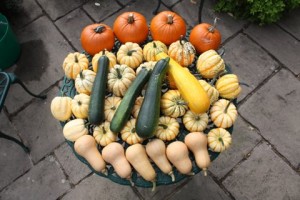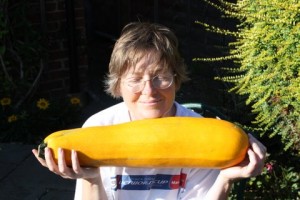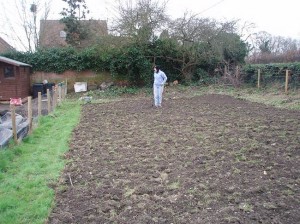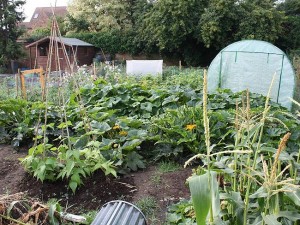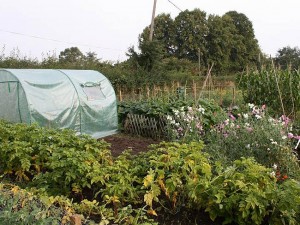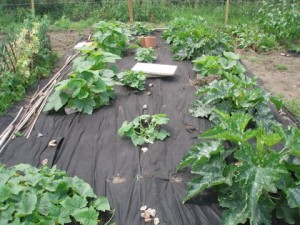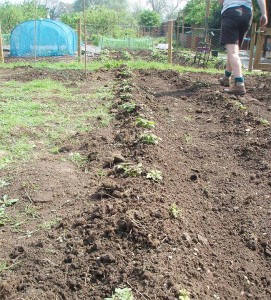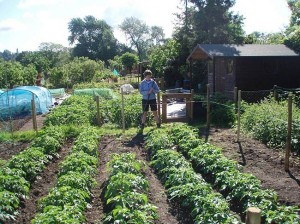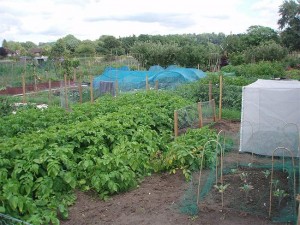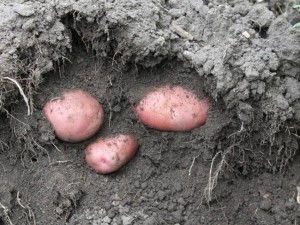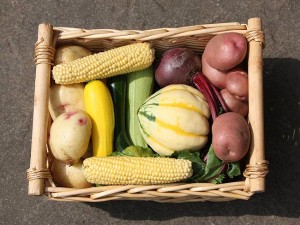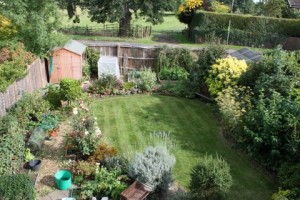Has it really been a bad summer for growing?
I can’t speak for commercial growers, I suspect that the answer for them has been yes, given the need to work to very specific timetables. If you can’t get harvesting gear onto sodden fields when crops are ripe then you have a serious problem. I am less convinced that it is true for the allotment or garden grower.
In the early spring we were seriously worried about drought in the south-east and had the ground stayed as dry as it was back in March/April we would have struggled to grow anything. The subsequent cold wet weather certainly inhibited the growth of some plants, but once we got some warmth in the air then things did move on. Yes of course the weeds moved more quickly than the rest of the plants and slugs/snails were a major headache in the wet, but lots of crops have really benefitted from the store of water in the ground, which is now almost gone in our neck of the woods, with little rain in the last 5-6 weeks. Things that have done well included peas, beans, potatoes (if caught before the blight), beetroot, carrots, sweet corn, brassicas and courgettes (do they ever do badly?).
The biggest problem may well have been that the dreary weather acted as a disincentive to get out and do anything in the garden or on the plot (this has been the case in the ornamental bits of our garden). In a vegetable plot a little bit of neglect soon sees weeds, disease and pests take over creating a downward spiral, where the only job left to do is tidying up and potential harvests are minimal. This can certainly be seen on some of the allotment plots, but by no means all, a number are looking really good and judging by the bags and boxes of produce that we’ve seen people carrying many have been productive. It was therefore very disappointing that the annual judging was cancelled this year because of the weather and the effect that it had had on the plots, for some (and yes we include ourselves in this) the weather had enabled some crops to be much better than expected.
The photos below show how the plot was looking a couple of weeks ago and some of yesterday’s harvest.

